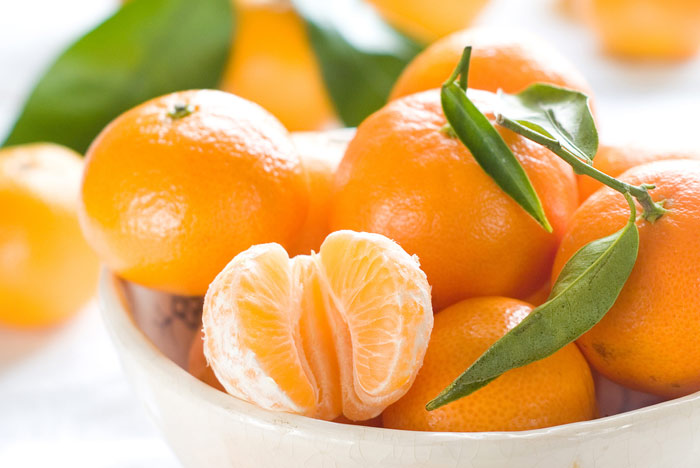にほんごはこちら
Whether it is spring, summer, fall, or winter, each season in Japan has its own fruits. For winter, the representative fruit is surely the mandarin orange.
Unlike the common orange, the skin of a mandarin orange (Mikan) is soft, making it easy to peel with your hands and enjoy. In winter, you can probably find mandarins in most any house, and they are so inexpensive that many people even purchase them by the box. When I was a child, my family would always purchase them by the box, but often they would end up growing mold before we could finish them. The sight of a mandarin turned green is burned into my memory as a quintessential winter scene.
Let me give an example of just how familiar the mandarin is in everyday life. Suppose that you asked someone to draw some kind of fruit on top of a kotatsu table. Probably 99% of Japanese people would draw a mandarin there. That is how deeply entrenched the mandarin orange (Mikan) is in the winter tradition.
The way someone eats a mandarin – where they begin peeling the skin, whether or not they eat the white fiber, whether they swallow the skin on the segments or spit it out – can give you a glimpse of that person’s personality. I think the mandarin is the only fruit that can do that.
My preference is for small, early ripening mandarins. I like to peel it from the bottom, and then put the whole thing in my mouth. I don’t mind the small white fiber. Of course, I do not spit out the skin on the segments. Can you guess my personality? Right, I’m impatient and rough.

Mandarins have been produced in Wakayama, Ehime, and Shizuoka of western Japan for three generations. My birthplace of Nagasaki also has many mandarin fields, but it was only ranked fifth in Japan.
It is going to get colder and colder from now on, but please spend the season enjoying the flavors of Japan’s winter to your heart’s content!
About this week’s AIUEO Author:
Yasuko Hidari received her Masters of Literature at graduate school in Scotland and studied about rock music as a commodity, after which, she worked for a culture related think tank. She has a very extensive knowledge of music and movies.
Co-author of the Japanese beginner textbook, “Nihongo Fun & Easy”.